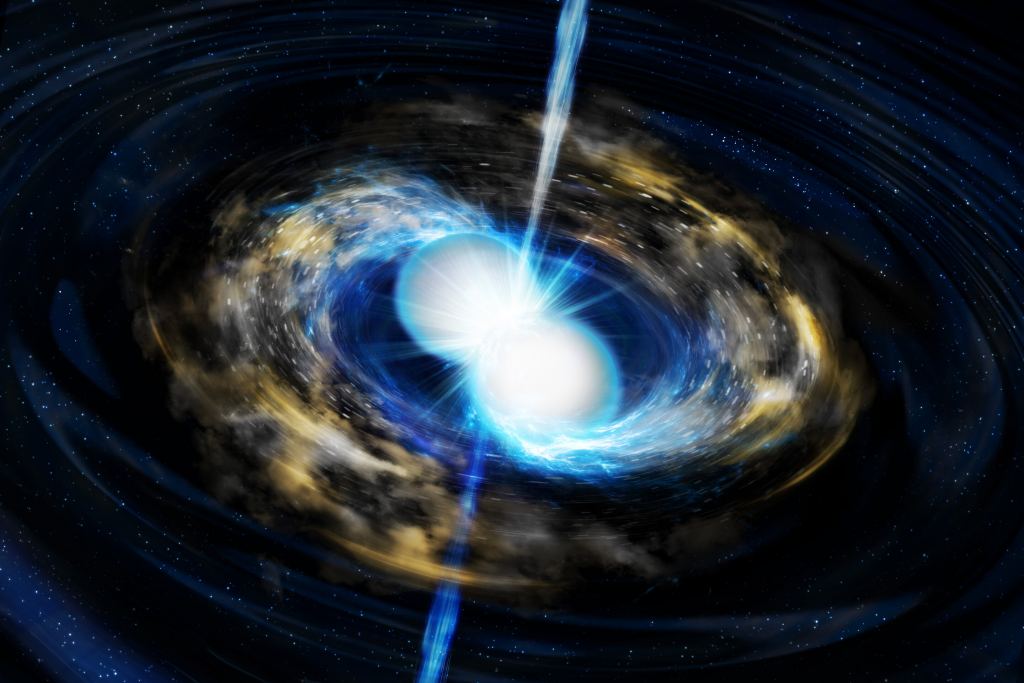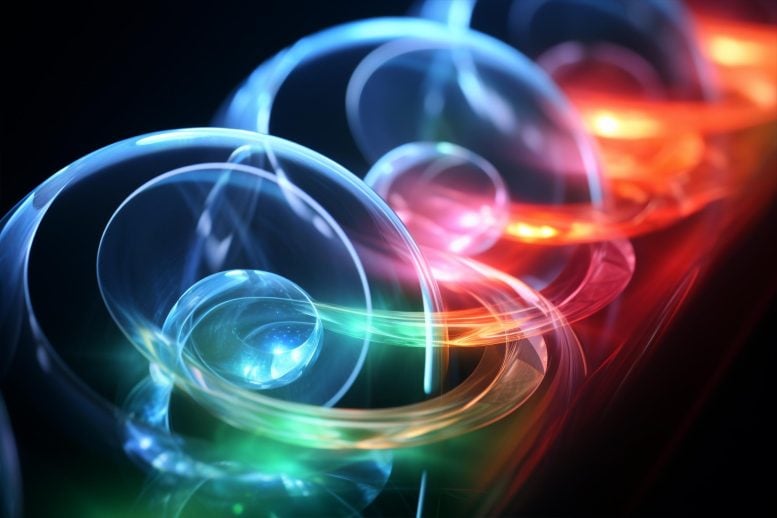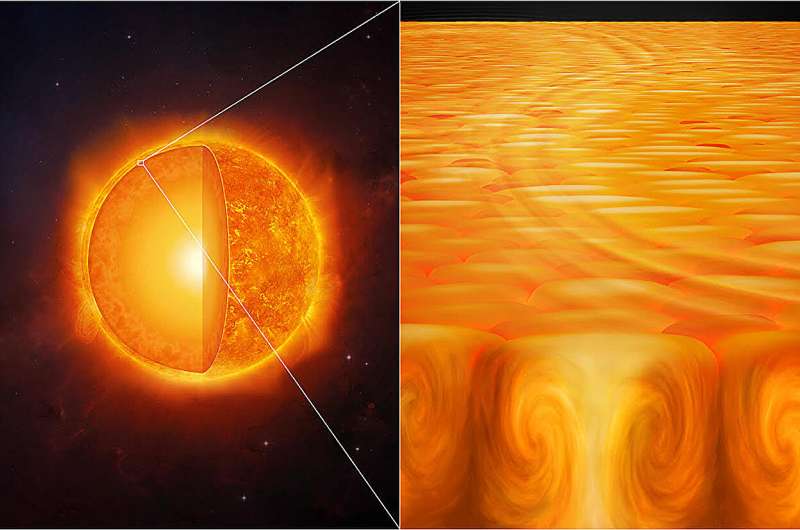
Students from Estonia, Japan and the USA win the 11th edition of Beamline for Schools
Three teams of high school students from Estonia, Japan and the United States have been selected to conduct their experiments using accelerator beams at CERN and DESY
Geneva and Hamburg, 25 June 2024. Beamline for schools (BL4S) is a physical competition run by CERN, the European laboratory for particle physics, open to high school students from around the world. Participants are invited to prepare a proposal for a physics experiment that could be undertaken at the beamline of a particle accelerator, either at CERN or DESI (Deutsches Elektronen-Synchrotron in Hamburg, Germany). In 2024, three winning teams have been selected, based on the scientific merit of their proposal and the communicative merit of their video.
“Mavericks”, a team from High School of Science in Tallinn and Hugo Treffner Gymnasium in Tartu, Estonia, and the Sakura Particles team, which brings together students from Kawawa Senior Secondary School in Kanagawa, Joshigakuin Senior High School AND Junten High School in Tokyo, Kawagoe Girls High School in Saitama and Kitano High School in Osaka, Japan, will travel to CERN in September 2024 to conduct the experiments they proposed. “SPEEDers” team from Andover gymnasium in Andover, USA, will conduct their experiment at a DESY beamline.
The beamline is a facility that provides high-energy streams of subatomic particles that can be used to perform experiments in various fields, including fundamental physics, materials science, and medicine.
BL4S was launched in 2014 as part of CERN’s 60th anniversary. Over the past 10 years, more than 20,000 students from around the world have participated in the competition and 25 teams have been selected as winners. The participation rate has steadily increased over the years, with a record 461 teams from 78 countries submitting an experiment proposal in 2024.
“Preparing a proposal for a particle physics experiment is a very challenging task. The success of Beamline for Schools shows that, when given the right support, high school students can design feasible, interesting and imaginative experiments,” says Charlotte Warakaulle, CERN’s Director of International Relations. “We are constantly impressed by the quality of the proposals and this year is no exception. The candidates demonstrated impressive creativity and great rigor, two essential qualities for students who may decide to undertake scientific careers.”
The fruitful cooperation between CERN and DESI started in 2019 during a long period of shutdown of the CERN accelerators. This is the sixth year that the German laboratory hosts competition winners.
“Every year I am very impressed by the creativity and determination of the team members,” says Beate Heinemann, director responsible for particle physics at DESY. “I’m already looking forward to hosting the USA team this year. This program is so important to me as it advances not only science but also cultural exchange between young people from different nations.”
“Our experiment will focus on the development of detectors for high-altitude balloon applications,” says Saskia Põldmaa, one of the Mavericks members, from Estonia. “This is definitely the biggest opportunity we’ve had so far in our lives, so we’re going to hold on to it. We can’t wait to calibrate our homemade muon detector!”
“Our team focuses on developing detectors for muon tomography applications. We will test and optimize our home-made two-dimensional position-sensitive detector,” says Chiori Matsushita from the Japanese Sakura Particles team. “CERN has always been a dream for us. To finally go there, not as a tourist, but to do experiments, is amazing!”
“We focus on beam diagnostics: our goal is to measure and analyze the Smith-Purcell (SP) radiation emitted by different diffraction gratings when DESY’s electron or positron beams pass through,” says Niranjan Nair from the US SPEEDers team. “We are excited to have the opportunity not only to watch scientific progress passively, but to actively contribute to it at DESY: the ultimate goal of our experiment is to investigate SP radiation as a tool for beam diagnostics.”
The winning proposals were selected by a committee of CERN and DESY scientists from a shortlist of 49 particularly promising experiments. In addition, three teams will be recognized for the most creative video proposals and another 13 teams for the quality of the physical outreach activities they are organizing in their local communities, benefiting from the knowledge gained from participating in BL4S.
Beamline for Schools is an education and outreach project funded by CERN Foundation & Societydonors of This 11th edition is particularly supported by ROLEX through the Eternal Planet Initiative and by the Wilhelm and Else Heraeus Foundation.
Further information:
- BL4S website: https://beamlineforschools.cern/
- 2024 edition: https://beamline-for-schools.web.cern.ch/2024-edition
- Selected teams and special awards in 2024: https://beamline-for-schools.web.cern.ch/sites/default/files/BL4S_all-winners_2024_final.pdf
- Previous winners: https://beamlineforschools.cern/resources/winners
- Countries represented among the selected teams: Bahrain, Bangladesh, Belgium, Brazil, Canada, Chile, Czech Republic, Denmark, Estonia, France, Germany, Greece, Hong Kong SAR China, India, Indonesia, Italy, Japan, Kazakhstan, Pakistan , Poland, Romania, Singapore, Spain, Thailand, Turkey, United Arab Emirates, United Kingdom, United States.
- The awards given for the best project in the field are kindly provided by the Belgian project “The stars shine for all”.
#Students #Estonia #Japan #USA #win #11th #edition #Beamline #Schools
Image Source : home.cern



